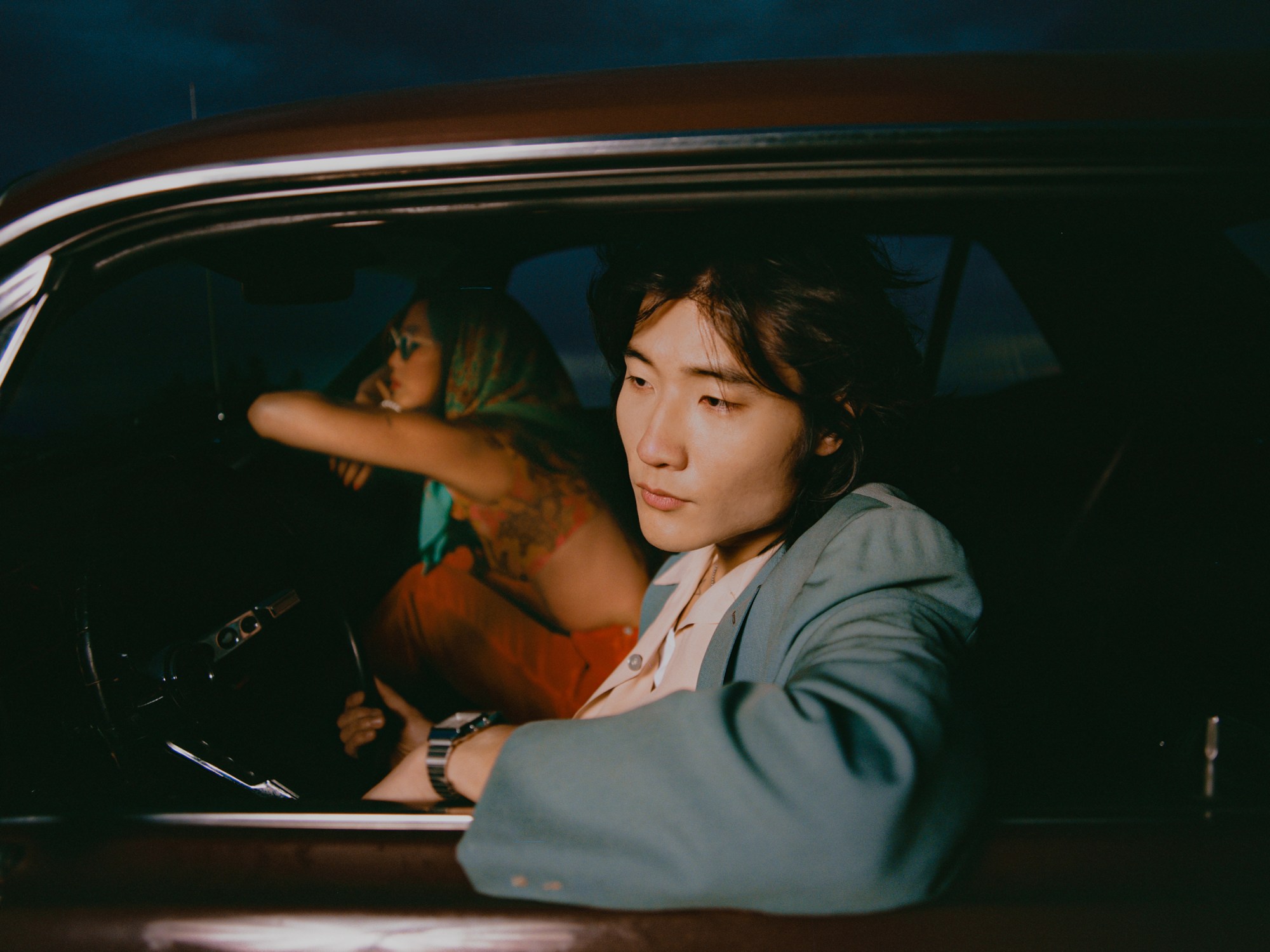In South Korea in the 70s, a term emerged to describe the intense desire many people felt for a better life in the US. Inspired by idealised images of American culture and its sustained influence over the country in the aftermath of the Korean War, those citizens were said to be experiencing “America disease” (미국병) or “America fever”.
“It’s such an interesting phrase because it conjures up ideas of longing, but also this sense that there might be something dark and sinister lying beneath,” says LA-based photographer Emanuel Hahn, whose staged narrative photo series America Fever explores Korean-American immigrant experiences in the 70s and 80s. “I wanted to imagine what life would look like for those new arrivals.”
America Fever focuses on the “third wave” of Korean immigration to the US, one that was prompted by postwar economic hardship and political instability and enabled by the US Immigration and Nationality Act of 1965, which abolished the national origins quota system. Emanuel constructs different scenes that evoke the lustre of an American West coming out of the Hollywood age and intersects them with Korean characters, folklore, and historical motifs. “It’s about trying to understand what the Korean-American experience is and where this history fits into the American canon – into the American story,” he says.
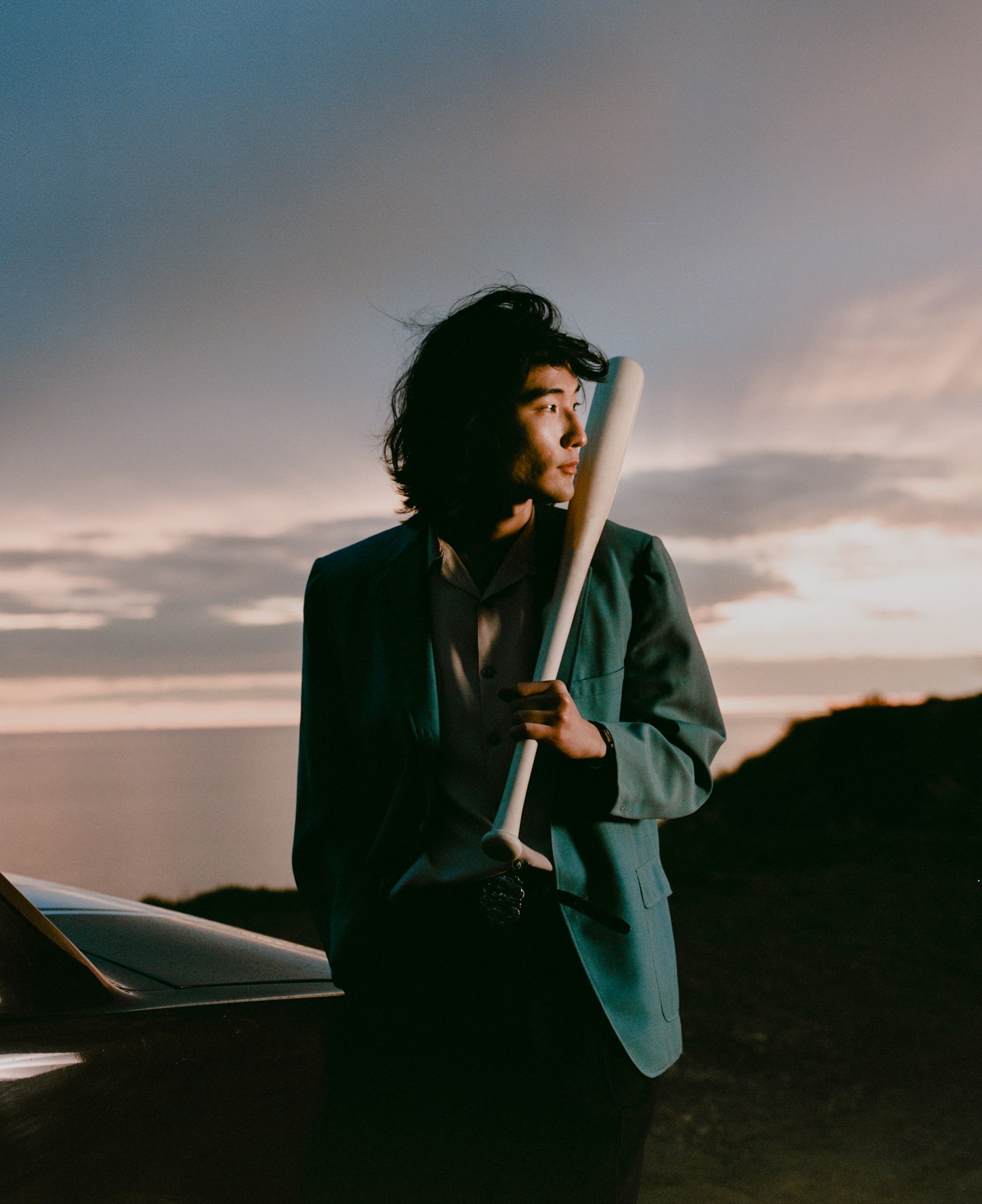
This question is deep-rooted for Emanuel, a third culture kid who was born in the US territory of Saipan in the Western Pacific but grew up between Singapore and Cambodia. “As a Korean-American who didn’t grow up in either of these places, I feel like I’ve always been searching for who I am in their respective cultures,” he says. His circuitous way into photography was also influenced by the distance between his family members, who are spread between Cambodia, Singapore, and South Korea.
“When I moved to New York for business school, my older brother gave me this really basic camera and just said, send us pictures of your life in the US.” After graduating, Emanuel began a short-lived career in tech, upgrading his camera with each promotion and capturing street shots of commuters in Midtown Manhattan. He quit his job to pursue photography full-time in 2016 and later moved to LA to pivot towards filmmaking.
With Hollywood shuttered during the pandemic, the first project he shot there was Koreatown Dreaming, a series of portraits and interviews of Korean small business owners, which he expanded to eight other cities. Published as a photobook, it’s both an anecdotal history of Korean immigration and an intimate impression of Korean immigrant life; “a testament to the American Dream, even while complicating the illusions of that promise, and of what it means to be American,” Emanuel writes.

As he acclimatised to LA, his style shifted towards cinematic and staged narratives. Using a grant from the Google Image Equity Fellowship, he assembled a team to help produce America Fever. Though shot in the middle of a real desert, the Korean couple in the first scene, “The Arrival”, poses in front of a painted backdrop inspired by a Hwatu playing card, surrounded by fake cacti sourced from a prop house.
“I wanted to symbolise the culture they came from while also playing with the fact that in Hollywood, everything is a veneer. We get sold these dreams, and it turns out to be a mirage, much like the immigrant experience,” he says. “You’re seduced with images of a perfect life through TV and pop culture: the beautiful cars, the beautiful clothes, the idyllic family life. And then you get here, and you’re working 16-hour days in a restaurant serving food to people who are yelling at you.”
With meticulous detail, Emanuel recreates the romance of Americana in sunset shots of young Korean lovers embracing next to a Mustang. Or in a Hells Angels-inspired shoot, for which he managed to secure the same jacket that Dennis Hopper wore in the classic road movie Easy Rider (1969), this time with the South Korean flag tacked on. These images are his way of “imagining what the Western could look like for someone like me.”

The idea of performativity is heightened in another scene, as Emanuel situates Jultagi, the traditional Korean tightrope walking performance, in California’s Salton Sea. Once a glittering tourist destination that attracted everyone from Hollywood superstars to working-class families, now a dusty wasteland home to noxious air and odorous algal blooms, the decaying lake is itself a symbol of a declining American Dream. The Salton Sea sets the scene for what Emanuel describes as the “surreal and precarious” tightrope walk of cultural assimilation.
“Since most Asian immigration to the US only happened after 1965, there’s still a lot of uncertainty for Asian Americans. We’re still trying to find our footing,” Emanuel explains of this shoot. “I feel like our presence here remains conditional; we’re the model minority one minute, and then something happens, like Coronavirus, and we’re scapegoats the next. You never know when things are going to turn on a dime.”
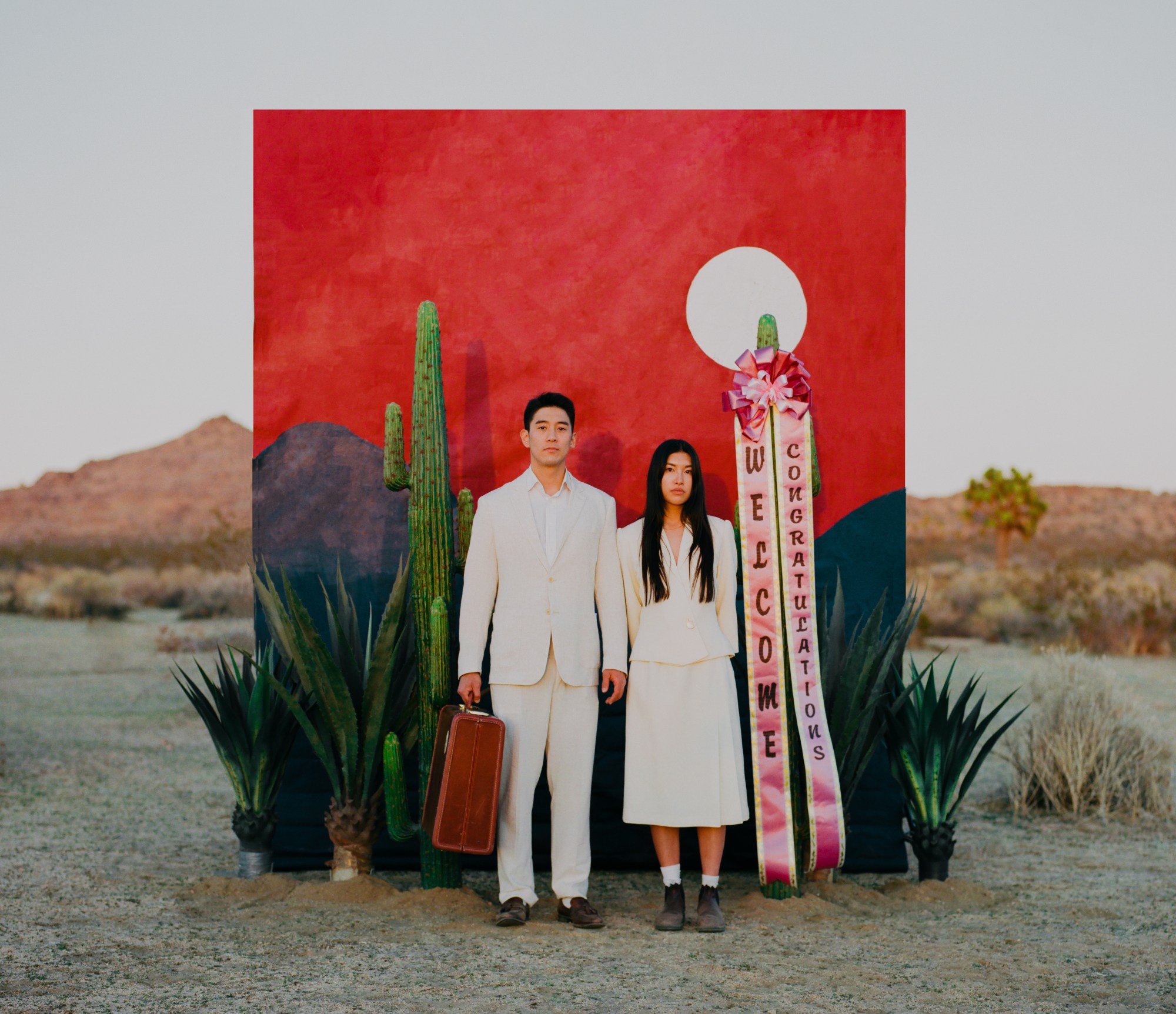
Returning to the metaphor of fever, Emanuel describes the recovery period that comes after its peak – the attempt to make sense of what just happened once the heat dies down. “I think we’re collectively in that zone right now, after all the anti-Asian hate of the past few years,” he says. “That’s why I want to tell stories that help embed Asian-American identity into the US. It’s one thing to have successful CEOs, doctors and lawyers, but what makes a big difference when we talk about the identity of a country is the history and the art. That’s why I feel so strongly about this project.”
With about 10 more scenes in the works, America Fever, and the questions it poses, are ongoing. As Emanuel approaches his thirteenth year of living in the US, he feels the country is home for the foreseeable, and LA for now, at least. But for him – and he suspects for many like him – this narrative reimagining of the past is so important for being able to imagine a future.
To see more of Emanuel Hahn’s work, check out his website. A new edition of his photobook, ‘KOREATOWN DREAMING: Stories and Portraits of Korean Immigrant Life‘ will be published by Hachette in October 2023.
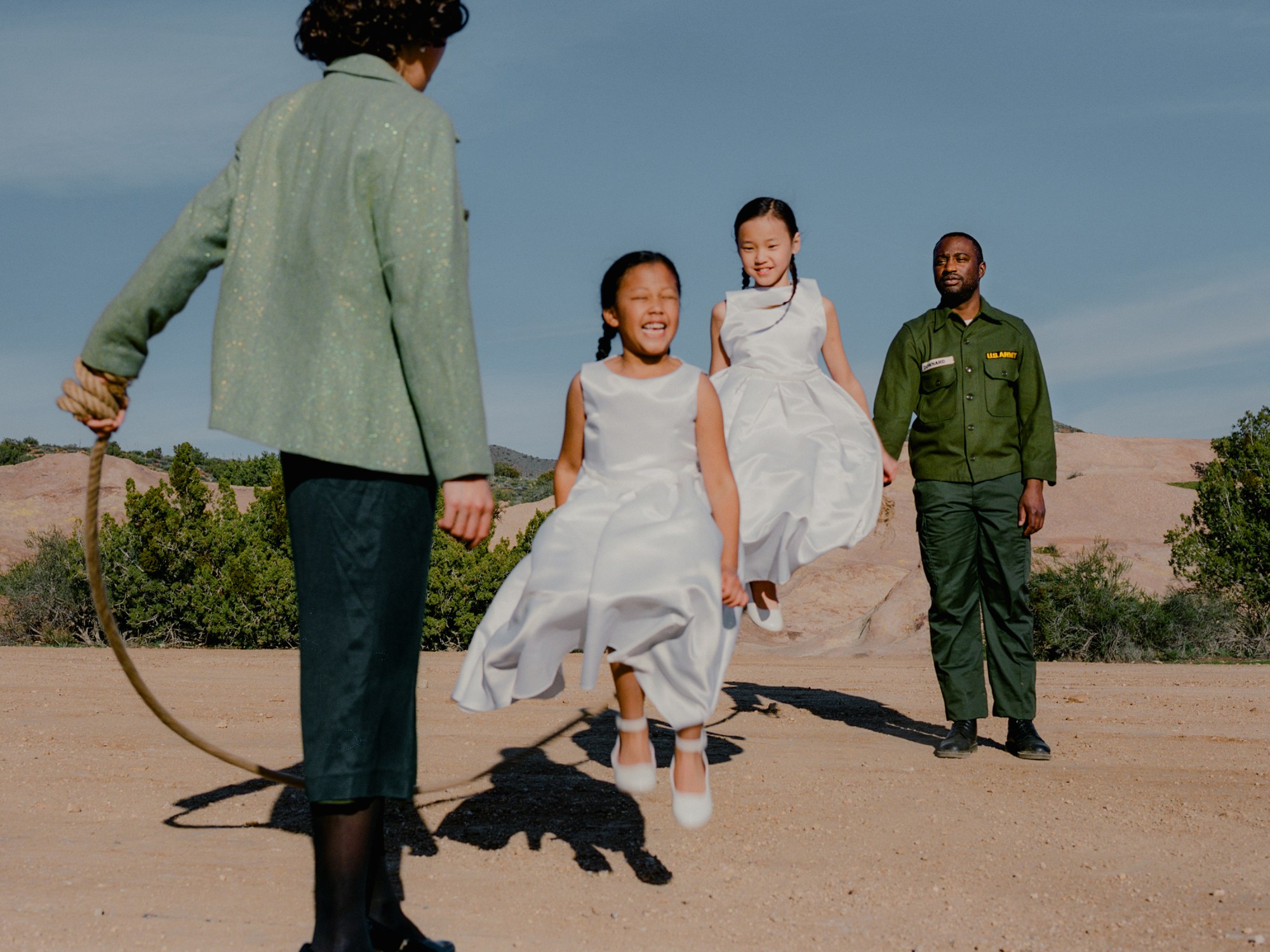

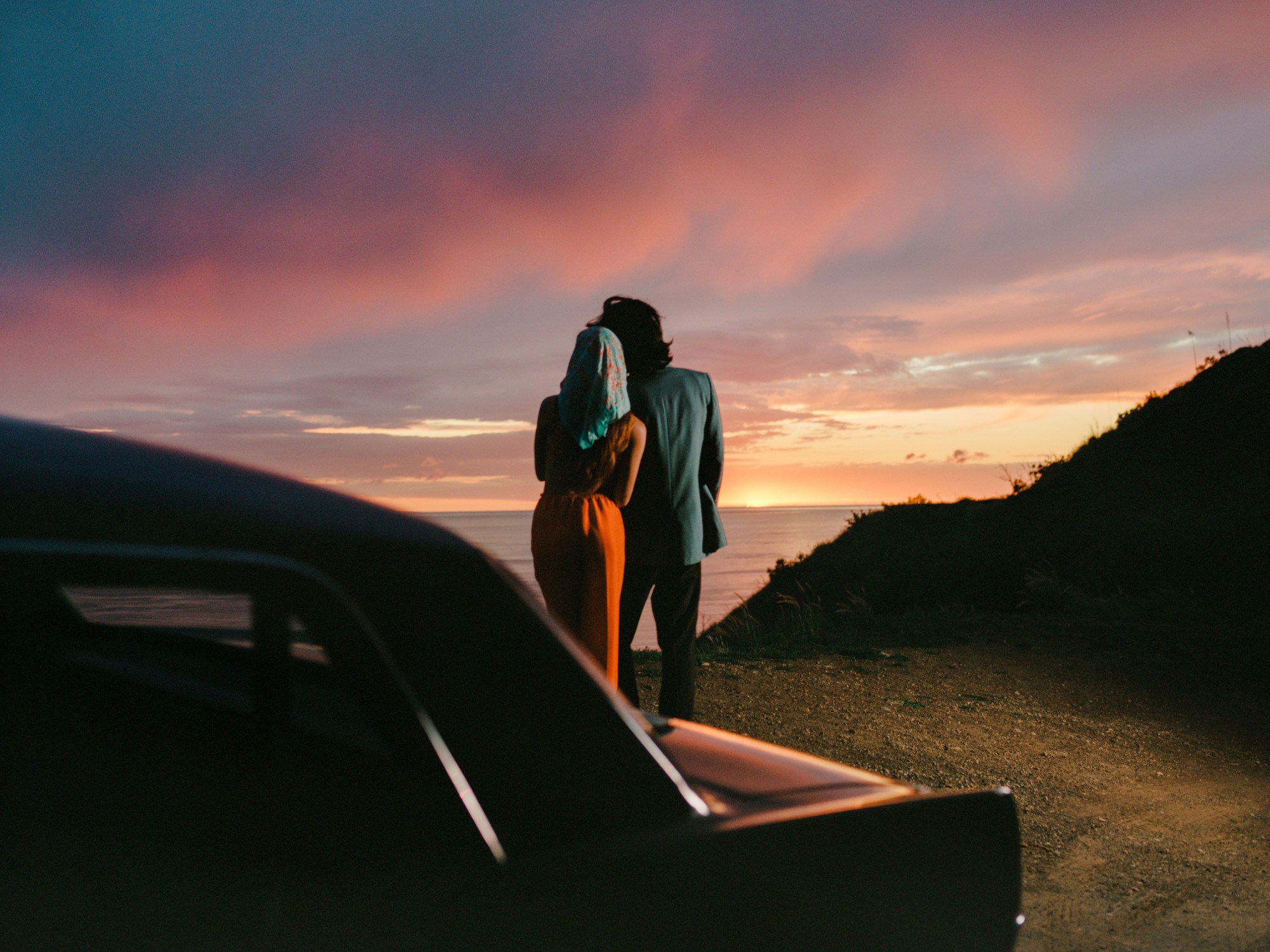
Credits
All images courtesy Emanuel Hahn
